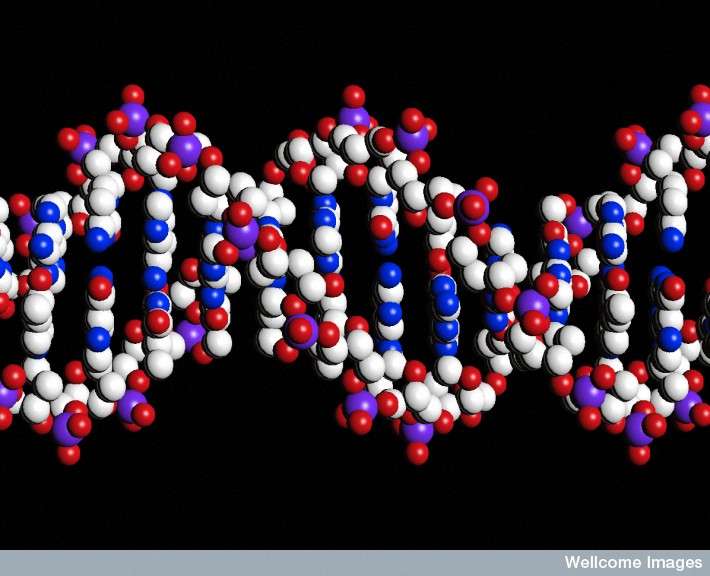Epigenetics corresponds to the field focusing on all the modifications (or factors) which are not encoded by the DNA sequence ( methylations , prions , etc.). It regulates the activity of genes by facilitating or preventing their expression. It is fundamental because it allows a different reading of the same genetic code . It explains, for example, the differences that exist in identical twins .
Modes of action of epigenetics
Epigenetics intervenes at different levels on the regulation of genes . By adding methyl groups (CH 3 ) to DNA cytosines , it influences gene regulation. Often, high methylation leads to low expression, the reverse also being true, except in special cases.
Epigenetics also intervenes at the level of chromatin , the form taken by nuclear DNA. This can be decondensed (open) or condensed (closed), these states being placed under the control of proteins called histones . A gene is transcribed only when the chromatin is decondensed, the transcription factors having enough space to intervene. Histone methylation conversely leads to DNA compaction and thereby inhibits gene expression .
Less frequently, the presence of prions is also associated with epigenetic modifications.
Epigenome modification factors
The epigenome , unlike the gene pool, is variable. It depends on several factors such as age or environment. Thus, it has been shown that the stress levels of the mother during pregnancy can modify it in depth.
Implications of epigenetics
Epigenetics plays a crucial role in many phenomena and diseases. It is, for example, implicated in the processes of gene extinctions (when a gene is no longer expressed at all) or in imprinting phenomena, when two alleles of the same gene are not expressed at all. the same way.
On the other hand, it would intervene in certain pathologies , such as cancer or hereditary genetic diseases .


Post a Comment